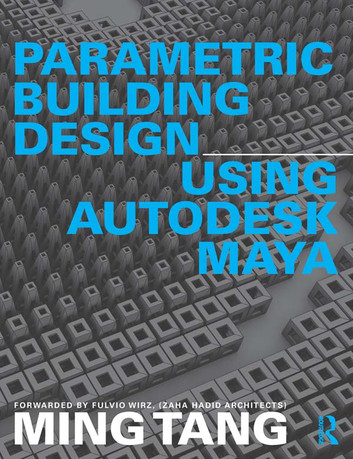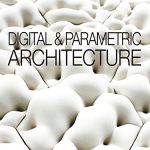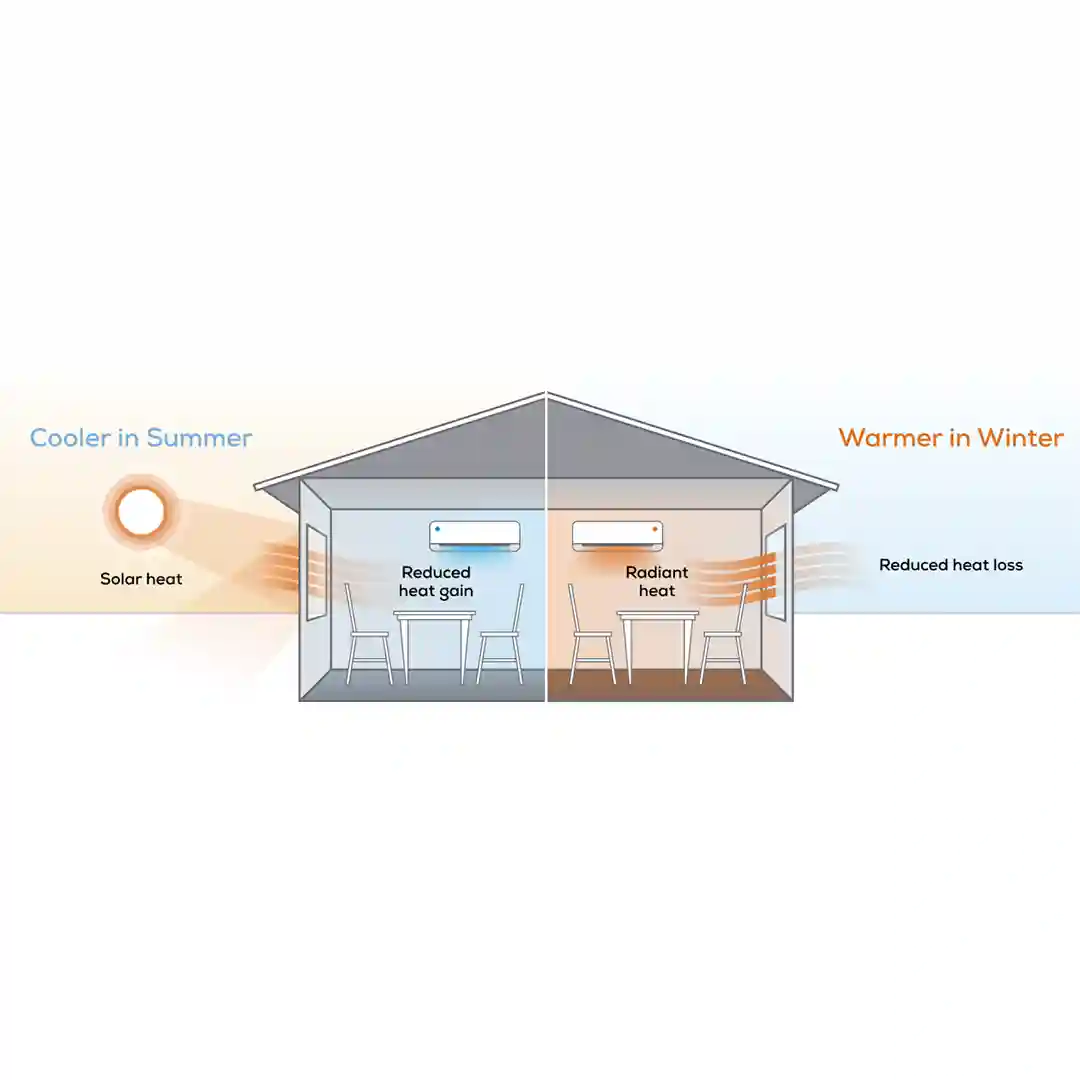 Due to its comprehensive tool-set and great potential for 3D modeling, more and more architectural design and interior design firms are adapting Autodesk Maya and integrating it into their practice. There has been no book aimed at architects and designers who wish to harness the opportunities presented by this software, until now. The book Parametric Building Design Using Autodesk Maya by Ming Tang promotes parametric design. It integrates the theoretical research of computational design and Maya non-linear modeling techniques associated with simulation, animation, digital fabrication, and form-finding within 2D & 3D design.
Due to its comprehensive tool-set and great potential for 3D modeling, more and more architectural design and interior design firms are adapting Autodesk Maya and integrating it into their practice. There has been no book aimed at architects and designers who wish to harness the opportunities presented by this software, until now. The book Parametric Building Design Using Autodesk Maya by Ming Tang promotes parametric design. It integrates the theoretical research of computational design and Maya non-linear modeling techniques associated with simulation, animation, digital fabrication, and form-finding within 2D & 3D design.
Readers will learn:
-
- How to use Maya polygon and NURBS modeling tools to create a non-linear procedural model.
- How to use Maya driver keys and relationship tools to generate parametrically negotiable solutions across various design professions.
- The design logic and generative processes, as well as the potential of parametric thinking as a resourceful tool for achieving diversity and complexity in form generation and fabrication.
- How to use Maya to prepare files for rapid prototyping and the integration of Maya into various fabrication techniques such as laser cutting, CNC milling, and 3D printing.
- How to create a digital simulation to simulate all aspects of surface properties and dynamic forces with Maya physics engine.
- How to use the Maya skeleton system and animation tools to control complex architectural forms.
- How to create photo-realistic renderings with Maya lighting, material, and texture mapping. Using several real projects as examples, the book will go through the entire rendering process step by step.
- How to combine Maya with various CAD/BIM tools to create an efficient design pipeline.
- How to use Maya MEL script to create customized tools and interfaces.
The book includes case studies from Zaha Hadid Architects, Greg Lynn Form, Gage Clemenceau Architects, Tang & Yang Architects, as well as step-by-step exercises, demonstration projects, and crucially a fantastic online resource which includes video tutorials, scripts, and Maya source files. Buy this book from the link below…
Parametric Building Design Using Autodesk Maya


















Leave a comment